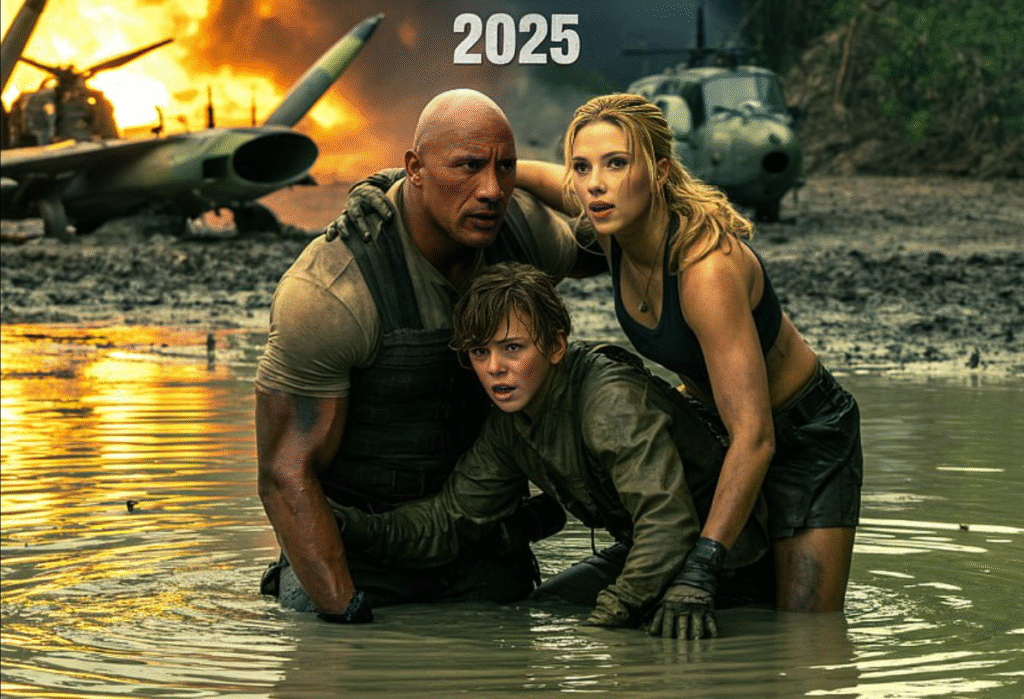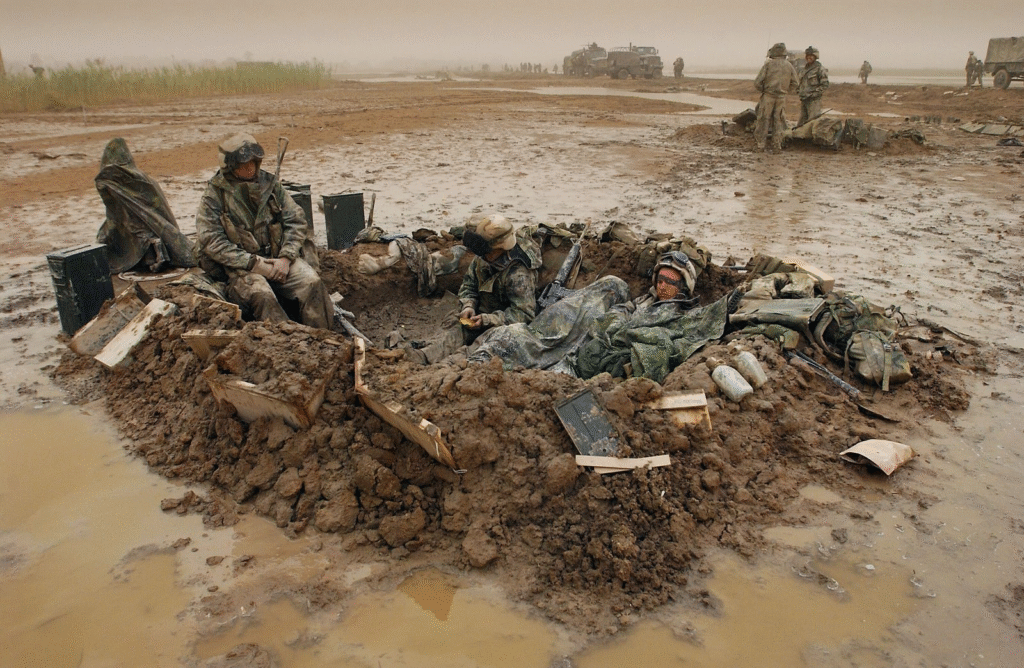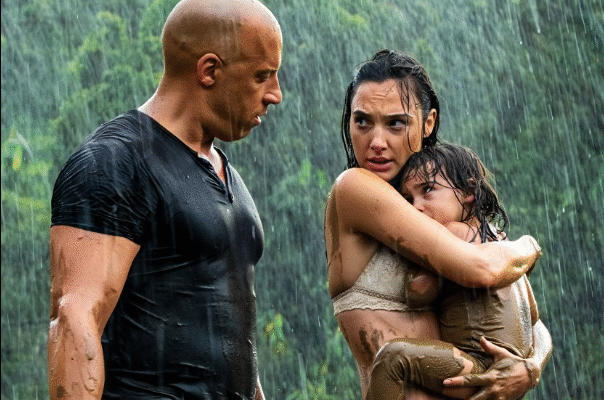From its very title, The Mud (2025) promises something raw, elemental, and unflinching. Unlike polished blockbusters that thrive on spectacle, this film drags us into the dirt—both literal and psychological—forcing us to confront the fragile humanity that emerges when survival is the only currency left.

The story unfolds in a forgotten rural town, a place where the land itself feels weary, scarred by poverty and neglect. Mud isn’t just the landscape—it is the metaphor that clings to every soul, pulling them down, staining everything they touch. Director choices highlight this texture with stark cinematography: rain-slicked roads, boots sinking into swampy fields, shadows cast across decaying barns. It is less a backdrop than a character, alive and merciless.
At the center of the narrative is a man on the edge of ruin. Once proud, once full of promise, he now wrestles with debts, betrayals, and the slow erosion of his own dignity. His hands, caked in mud, become symbols of both his labor and his chains. Watching him stumble through choices both desperate and destructive is to watch a man drowning in plain sight, clawing for air where none exists.

Yet this is not simply his story. The mud seeps into every life around him—into the eyes of a young boy who dreams of escape, into the silence of a woman who has carried too much for too long, into the laughter of those who find brief sparks of joy amid despair. The ensemble cast breathes life into the town, crafting a tapestry of resilience and decay, hope and futility.
The film’s pacing is deliberate, almost suffocating at times. Long silences linger, storms roll in without warning, and the sound of boots through wet earth becomes a drumbeat of inevitability. It is a film that asks its audience to endure discomfort, to sit in the grime, and to recognize the beauty hidden beneath.
What makes The Mud unforgettable is its exploration of redemption. Even as characters sink deeper into moral and physical quagmires, there are flickers of humanity—an act of kindness, a fragile confession, a hand extended when it could have struck instead. In those moments, the mud transforms from a prison into a crucible, reshaping those willing to rise from it.

The cinematography deserves special note. The camera does not flinch from ugliness: cracked skin, rusted tools, the slow decay of man-made structures against the endless persistence of nature. Yet, paradoxically, it captures a grim beauty—the way rain glistens on broken glass, the way twilight turns a swamp into a mirror of fire and ash.
The score, sparse and haunting, blends acoustic strains with the rumble of storms and the whisper of wind across empty fields. Music is used not to manipulate but to echo the natural rhythm of the land, grounding the story in authenticity. Each note feels like it has been dug from the soil itself.
Themes of inheritance and escape ripple throughout the film. Children bear the burdens of their parents, land bears the scars of its owners, and choices echo across generations. The Mud asks whether breaking free is even possible—or whether every attempt to rise simply pulls you deeper into the mire.

By its conclusion, the film does not offer a neat resolution. Instead, it leaves us with a vision of hands still dirty, of eyes still searching, of hearts still fractured yet beating. It is less about victory than about endurance, less about triumph than about survival.
The Mud (2025) is not a film for those seeking escape. It is for those willing to stare into the grime of existence and find within it the glimmer of redemption. It is harsh, it is haunting, but it is necessary—a reminder that even in the lowest depths, there is a stubborn light that refuses to be extinguished.




